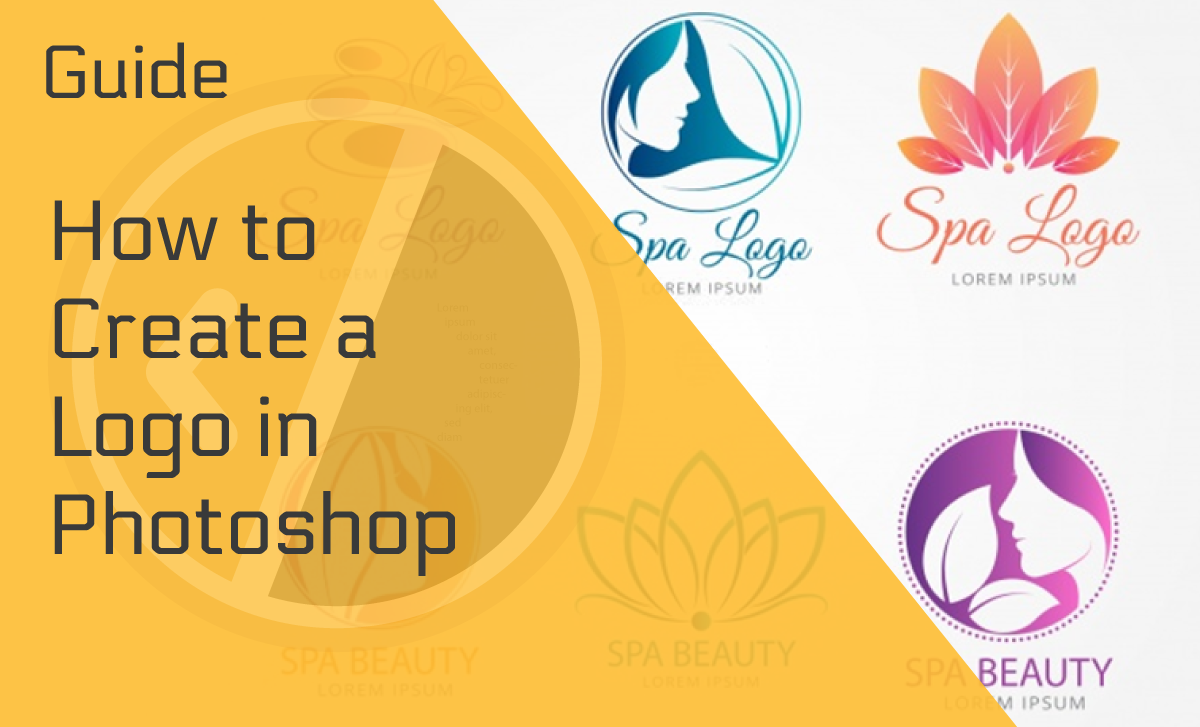20 Immersive Virtual Reality Statistics to Know in 2024
Published: September 20, 2022
You might be wondering why you should care about virtual reality statistics.
To start with, since the term “virtual reality” made its first appearance in the late 1980s, this technology has influenced many facets of our lives, and we are only starting to use it to create new and exciting discoveries in various fields.
If you’re interested in how many people use this technology, the value of the worldwide VR market, and other relevant info about VR, keep reading.
Top 10 VR statistics
- Virtual reality is most popular among 16 to 34-year-olds.
- The Meta Quest 2 was the most popular VR headset in 2021.
- VR technology has a 55% user satisfaction rate in the US.
- VR had been tried by 19% of US adults by April 2020.
- Approximately 42% of gamers only used a single device in 2016.
- Pokémon GO surpassed 1 billion lifetime downloads in 2019.
- VR gaming systems piqued the curiosity of 50% of millennials in 2016.
- VR sets were used daily by 28% of VR owners in 2018.
- In 2021, around 11.2 million VR/AR headsets were shipped worldwide.
- In 2015, the most popular VR content segments were action and sci-fi.
General Virtual Reality Statistics for 2024
Virtual reality is still constantly evolving. However, it has already significantly impacted our lives. Today, this technology is entering a new period of widespread commercial use, with applications in education, tourism, healthcare, entertainment, and various other fields.
1. Virtual reality was used at least once a month by 58.9 million Americans in 2021.
(Source: Statista)
According to VR market statistics, in 2020, 50.2 million people in the US used virtual reality at least once a month. This was a considerable increase from 2019, when this number was 43.1 million.
2. Virtual reality growth statistics show that the global VR market is expected to be worth $34.08 billion by 2023.
(Source: BusinessWire)
In 2018, the market was valued at $7.90 billion, indicating that VR sales predictions are rapidly increasing. The expected value in 2023 means that VR sales are forecast to expand at a CAGR of 33.95% during the projection period.
3. Virtual reality was most popular among 16 to 34-year-olds in October 2018.
(Source: GWI)
When we look at the demographics of virtual reality users in October 2018, we find that 34% of individuals aged 16 to 24 were using this technology. At the same time, virtual reality users made up approximately 35% of those aged 25 to 34.
Following that, this technology was used by 26% of those aged 35 to 44, 12% of people aged 45 to 54, and 6% of those between 55 and 64.
4. Virtual reality stats show that Sony had an estimated 2.2 million shipments in 2019.
(Source: Statista)
Sony became the undisputed king of virtual reality devices in 2019 thanks to its Playstation VR device. As a result, forecasted sales have increased from 2 million in 2018. Sony isn’t just a virtual reality success story — 17.3 million PS5 devices were sold in December 2021.
5. The Meta Quest 2 was the most popular VR headset in 2021.
(Source: VR Times)
In 2021, the company sold 8.7 million VR headsets. Meta’s VR gadget accounted for 78% of total headset sales in 2021, significantly impacting the VR sector. The market grew by 92.1% year-over-year in 2021, with up to 50% of sales occurring in the last quarter.
User-Related Virtual Reality Statistics
Are you interested in learning more about VR technology demographics? Continue reading if you want to find out how many adults in the US use VR, the user satisfaction rates, and more.
6. Motion nausea was experienced by more than half of those who tried VR.
(Source: VR Heaven)
It’s a significant issue to consider, with 57.8% of respondents claiming to have experienced it. Out of that, 13.7% get VR motion nausea frequently, while 19.1% get it only occasionally, and 24.9% rarely go through it. On the other hand, 42.2% of respondents say they’ve never had it.
According to VR stats derived from a study done in January 2020, which surveyed 292 participants, women are significantly more likely than men to experience motion sickness in virtual reality games on a 22.6%:7.2% ratio.
7. VR had been tried by 19% of adults in the United States by April 2020.
(Source: AR Insider)
Consumers have taken to virtual reality, with the numbers going up from the 16% recorded in the 2019 poll. But, more crucially, they’re using it frequently — 31% of respondents say they use virtual reality at least once a month.
8. VR users statistics show that this technology has a 55% user satisfaction rate in the US.
(Source: AR Insider)
More than half of respondents said they were moderately satisfied or delighted with VR in a recent survey with participants from the US. Those who haven’t tried virtual reality, on the other hand, show little interest in doing so, with 59% indicating they are simply not interested.
9. Men made up 69% of those who planned to buy VR/AR gadgets in 2017.
(Source: Nielsen)
It’s probably not surprising that men made up two-thirds of those who planned to buy a device in the future, while women accounted for 31%.
However, the numbers are not as disparate if we take a look at the ownership figures. Namely, men owned 57% of VR/AR gadgets, while women owned 43%.
10. In a survey made in 2017, 43% of parents believe that VR is suitable for children under 13.
(Source: CommonSenseMedia)
One of the interesting facts about virtual reality is that among 12,148 survey participants, the top parent VR worries included social isolation (61%), too much time spent on VR (67%), and access to inappropriate content (70%).
Furthermore, 60% of parents are concerned about the negative health effects of virtual reality.
11. Approximately 62% of parents believe that VR can provide educational content for their children.
(Source: CommonSenseMedia)
An additional 84% of parents of children aged 8 to 17 believe that virtual reality can be educational.
However, only 22% of youngsters with access to VR equipment use it for education, compared to 76% for gaming and 38% for watching videos or movies. These account for people’s average screen time of six hours and 55 minutes.
VR Gaming Statistics
As more VR gadgets and games become available, the gaming industry has wholly embraced virtual reality.
To find out more, keep reading.
12. In 2020, the global market for virtual reality gaming was estimated to be worth $6.26 billion.
(Source: Fortune Business Insights)
Compared to the average year-on-year growth between 2017 and 2020, the market showed a considerable increase of 25.7% in 2020.
The global VR gaming market is expected to grow at a 31.4% CAGR, from $7.92 billion in 2021 to $53.44 billion in 2028. For comparison, the worldwide gaming market is forecast to reach $268 billion by 2025.
13. Only 42% of gamers used a single device in 2016.
(Source: Nielsen)
Year over year VR trends have shown that the number of gamers who only used one gadget type increased to 46% in 2017.
However, the percentage of players gaming on two devices has decreased somewhat, from 40% in 2015 and 2016 to 38% in 2017. In contrast, the percentage of players gaming on three device types has reduced from 18% in 2016 to 16% in 2017.
14. Pokémon GO surpassed 1 billion lifetime downloads in 2019.
(Source: Statista / BusinessOfApps)
Pokémon GO has become an augmented reality phenomenon since its initial release in 2016. The app received a staggering 250 million downloads in its first quarter.
15. VR gaming systems piqued the curiosity of 50% of millennials in 2016.
(Source: Singularity Hub)
Statistics about VR in 2016 have shown that millennials were most likely to contemplate acquiring a virtual reality headset for their gaming consoles. These users were willing to pay $54 more for a headset than any other consumer segment.
VR Usage Statistics
VR usage will increase as the awareness grows. These stats demonstrate the growing popularity of virtual reality technology among consumers.
16. In 2018, 77% of virtual reality users desired increased social interaction.
(Source: Forbes)
A poll of 4,217 customers found that they want to interact socially with other people in virtual reality. This fact is not surprising if we know that, in 2020, 3.6 billion people were using social media.
The most popular social VR activities were gaming, watching videos, and video communication.
17. VR sets were used daily by 28% of VR owners in 2018.
(Source: Forbes)
Consumer virtual reality stats showed that 39% of 4,217 polled consumers said they used their VR sets at least once a week, while 19% did so once a month. Only 8% of consumers used their virtual reality headsets every 6 months, and 6% only once a year.
However, consumers said they intend to use their VR headsets more in the future, with 38% stating they’ll do so “a lot more” and 32% saying “just a bit more.”
18. In 2021, around 11.2 million VR/AR headsets were shipped worldwide.
(Source: IDC)
One of the most interesting VR facts is that numbers like this haven’t been witnessed since 2016. With a 78% share of the combined AR/VR market in 2021, Meta’s Quest 2 was the most popular product.
The second position went to DPVR, which had a lot of success in Asian countries, holding a global market share of 5.1%. Finally, Pico VR devices by ByteDance came in third with a 4.5% share.
Virtual Reality Media Statistics
Virtual reality isn’t just for gamers. It has a lot of potential for use with social media platforms as well. These statistics demonstrate the ongoing rise of virtual reality across many media outlets.
19. In 2015, the most popular VR content segments were action and sci-fi.
(Source: Singularity Hub)
According to virtual reality stats, most individuals interested in VR entertainment wanted action/adventure (60%) and sci-fi (48%) content.
Furthermore, consumers were slightly more interested in VR for TV, movies, and video (66%) than gaming (60%). Surprisingly, this viewpoint was shared by all generations.
20. In 2017, 70 million 360-degree photographs were available on Facebook.
(Source: Tech Trends)
At that time, Facebook statistics show that the platform also had 1 million 360-degree videos, generating 580 million views and demonstrating the expanding availability of 360-degree content.
Wrapping Up
Virtual reality still has a lot more room to grow in the following years as more people learn about it. Recently, we’ve experienced remarkable expansion, and virtual reality has become an actual reality.
It has made its way from science fiction films and trade shows to everyday life. It’s slowly but surely becoming the future of entertainment and a competent work assistant. Things are about to get more exciting.
FAQ
What are the main types of virtual reality?
(Source: Heizenrader)
There are three main types of virtual reality:
- Non-immersive virtual reality
This technique creates a computer-generated environment while allowing the user to stay aware of and manage their physical surroundings. A typical video game is a great example of a non-immersive VR experience.
- Semi-immersive virtual reality
When users focus on the digital image, they will feel like they are in a different reality, but they will still be able to stay linked to their physical environment. This effect is typically achieved with the help of 3D graphics, offering a sense of depth.
This type of virtual reality is frequently utilized in education and training.
- Fully immersive virtual reality
Fully immersive VR provides users with as realistic an experience as possible, including auditory and visual cues. This type of VR has found application in gaming and other forms of entertainment, but it is also being used in other fields.
Virtual reality glasses or a head-mounted display are required to experience fully immersive virtual reality.
Is virtual reality growing?
(Source: PWC)
By 2025, virtual reality is expected to be the most rapidly developing content category.
VR growth is expected to overshadow that of the traditional and digital entertainment formats, with a 30% compound annual growth rate projected for the 2020–2025 period. It is followed by cinema with 29%, general data consumption with 27%, and out-of-home advertising with 11%.
What percentage of people use virtual reality?
(Source: GroupM)
According to virtual reality statistics, 32% of survey respondents stated they own an AR or VR gadget. At the same time, 15% said they want to buy one in the next 12 months.







